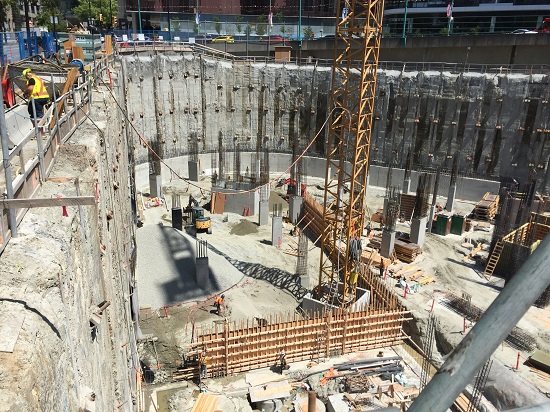 Thursday, May 2, 2024
Thursday, May 2, 2024  Thursday, May 2, 2024
Thursday, May 2, 2024 
Considering the right waterproofing strategy from the design stage is crucial for the success of below grade projects. However, there is no one right answer.
So when faced with this decision, the designer of a project will often start by selecting from several types of external membranes. These include unbonded, fully bonded, and compartmented systems. Each of which will affect the outcome of a project differently.
But no matter their choice, a designer will have many variables to consider.
That can be difficult to navigate. So to help you determine the best strategy for your project needs, let’s look at the factors that affect waterproofing decisions and outcomes and whether there’s a better alternative altogether.
Designers typically select one of the three waterproofing membrane types based on the following factors:
Out of the three waterproofing membrane categories, there is one that is seen as less risky.
The idea is that in case of failure, water cannot travel freely between the membrane and structural concrete, so any damage will be localized. That minimizes the cost and scope of the repairs needed.
Despite that big advantage, fully bonded systems also have their drawbacks. They are not flexible when bonded. They cannot bond properly to the structural concrete if not applied properly and in dusty conditions. And most importantly, these bonded systems are thin, making it easy for them to get damaged.
Keep reading this blog on Kryton.com